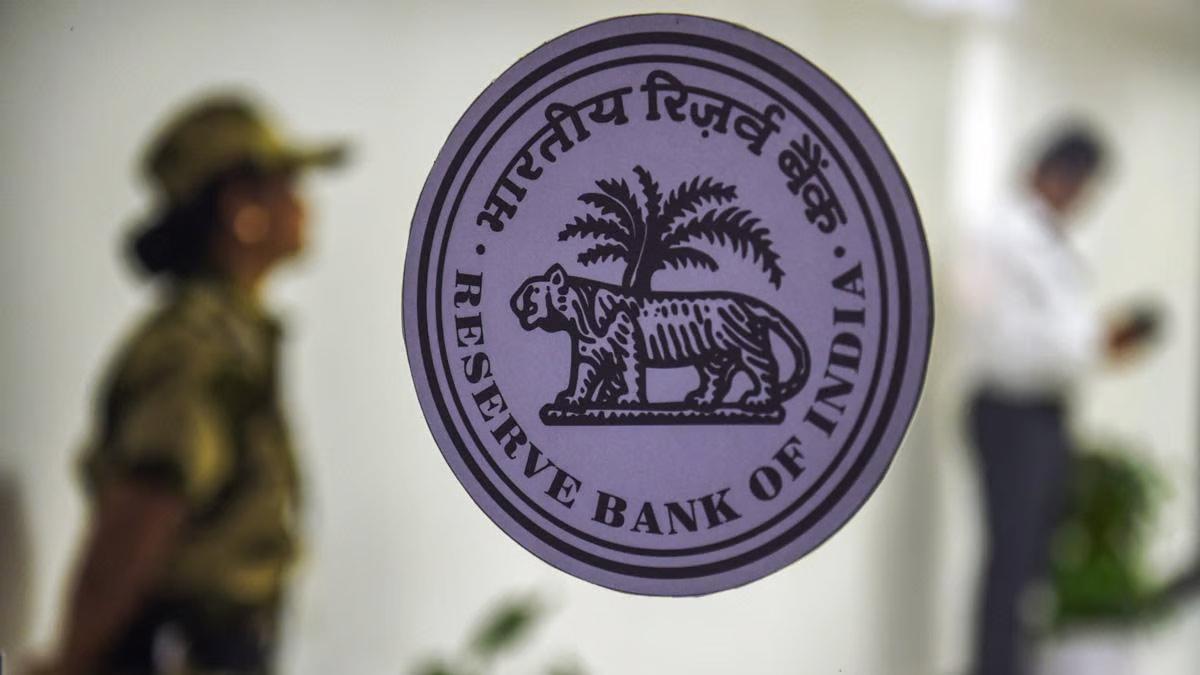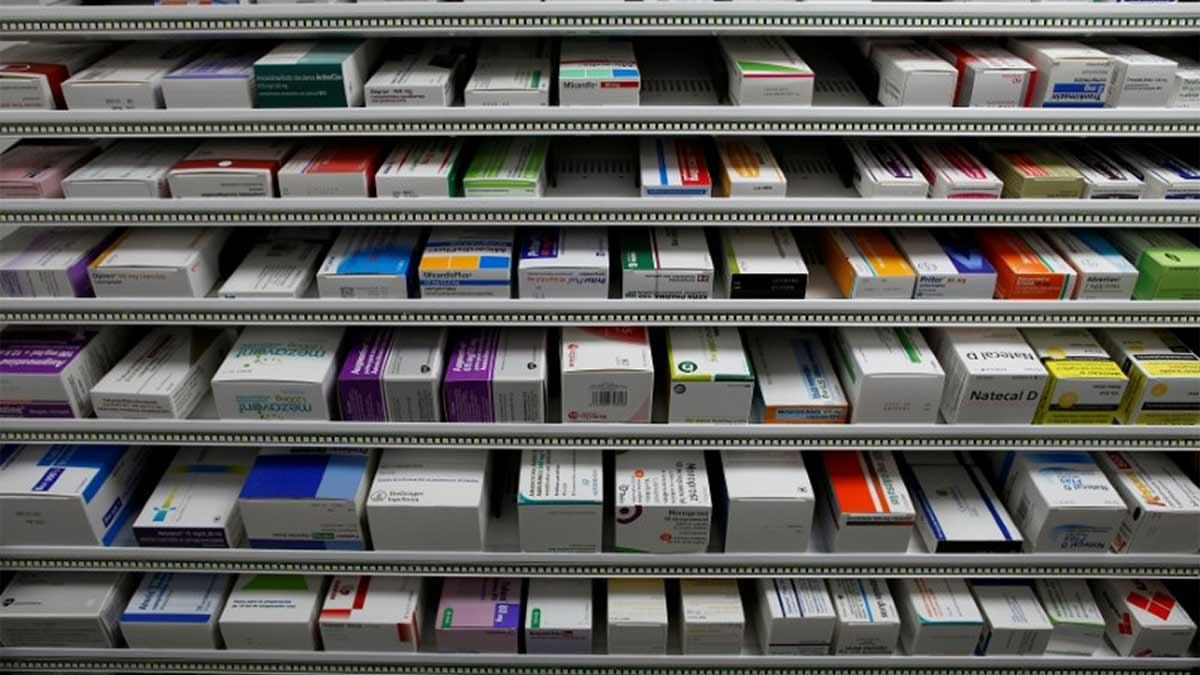India's scheduled commercial banks remain in good health and resilience, backed by solid capital positions, all-time lows of non-performing assets, and sound profitability, as per the Reserve Bank of India's (RBI) latest Financial Stability Report.
The report cites sustained enhancing of the asset quality of these banks. As of March 2025, the gross non-performing asset (GNPA) ratio fell to a multi-decade low of 2.3%, with the net NPA (NNPA) ratio declining to mere 0.5%.
Gross NPAs in the banking system fell to 2.3% of advances as of March 31 from 2.8% during the previous year. Public sector banks saw a significant reduction, with their GNPA ratio falling to 2.8% by March 2025 from 3.7% in March 2024. Private sector banks had a consistent gross NPA ratio of 2.8%, as per the RBI data.
The document also reports that macro stress testing indicates that even in highly adverse economic stress circumstances, the overall capital levels of scheduled commercial banks will comfortably surpass the minimum required regulatory levels.
Even with financial uncertainties in the world, the Indian financial system was stable and sound. Banks, as well as NBFCs, have continued to strengthen their capital and liquidity positions while improving asset quality. Credit-deposit growth gap has declined, with bank lending growth slowing to match deposit growth more closely.
Credit growth for NBFCs was supported by enhanced creditworthiness and large capital buffers. Loosening money policy and supportive interest rates are anticipated to continue lending activity in the near term.
Urban cooperative banks too have reported improved capital positions, with NBFCs still well above regulatory requirements. Meanwhile, insurers in both life and non-life segments of the business maintained solvency margins well in excess of the minimum stipulated. Stress tests on mutual funds and clearing corporations confirmed their ability to absorb financial shocks, as per the RBI report.
The slippage ratio—a measure of fresh additions to NPAs as a percentage of standard loans at the beginning of the half-year—remained constant at 0.7%. Furthermore, banks' provisioning coverage ratio was 76.3% in March 2025, which decreased marginally from September 2024, the report added.


















